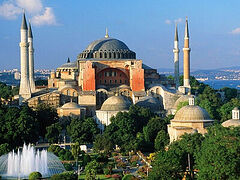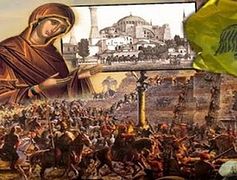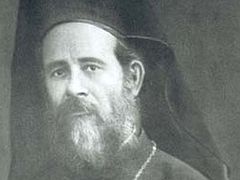Istanbul, August 31, 2022
“Fifteen centuries after its foundation, the magnificent Byzantine Church of Hagia Sophia still hides secrets whose discovery causes surprise and admiration.”
Now, the oldest structure of the entire Hagia Sophia complex in Istanbul has been opened.
The existence of the structure, a three-room catacomb dating to the 4th century, has been known since 1946, but only recently was the work of removing the tons of mud and sediment that engulfed the site completed, reports CNN Greece.
It is known from narratives and legends and archaeological excavations there was an extensive underground labyrinth of crypts, catacombs, and stoas beneath Hagia Sophia. Archaeologists are sure the various tunnels are linked, though the connecting pathways are largely blocked today due to sedimentation.
Follow OrthoChristian on Twitter, Vkontakte, Telegram, WhatsApp, MeWe, and Gab!









